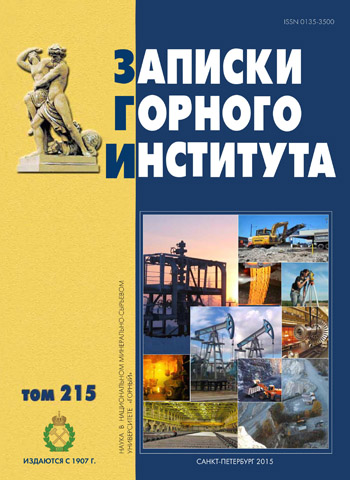Use of geoinformation technologies for otpimized distribution of stations of atmospheric air quality monitoring
- Ph.D., Dr.Sci. professor National Mineral Resources University (Mining University)
Abstract
The article deals with possible applications of modern geographic information systems for optimized distribution of stations of atmospheric air quality monitoring. Due to the fact that estimation of atmospheric pollutant concentrations is a reason for decisions to improve air quality, costly measures to protect the atmosphere and monitoring effectiveness of these actions, atmospheric air quality indicators, and therefore the proper distribution of monitoring stations, are of great importance. Results of model calculations of atmospheric air pollution, which have been recently developed in our country, in combination with GIS solutions, should be used for optimized distribution of stations of atmospheric air quality monitoring. One of the major factors of objective estimation of urban atmospheric air quality is proper reference of industrial and transport pollutant emission sources to the city’s topographic base (both in citywide and local coordinate systems), as well as distribution of stations of atmospheric air quality monitoring and selection of high-priority pollutants for a particular city district. Some recommendations for monitoring stations distribution and pollutants selection based on the GIS analysis of spatial distribution of maximum ground level concentrations of pollutants are given.
